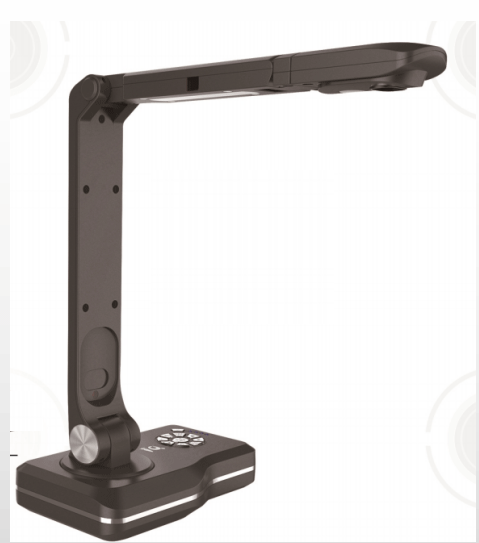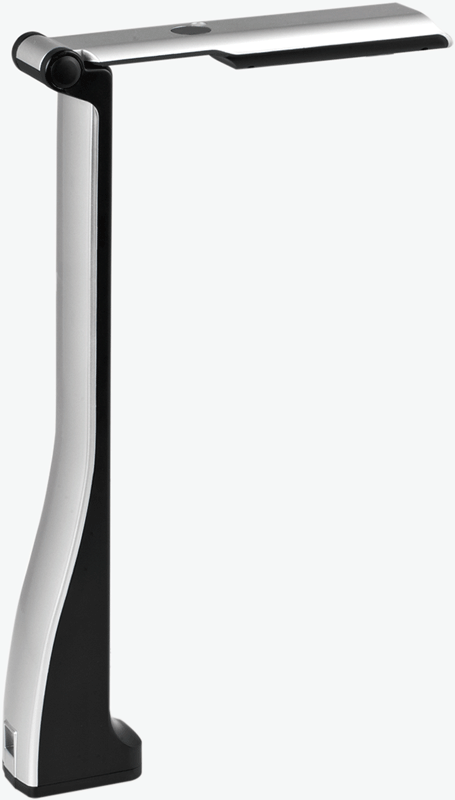More schools are looking for ways to enhance their students' learning experience through technology. One way to increase the students' enthusiasm for their schoolwork and provide them with an interactive learning experience is through the use of document cameras in the classroom.
Document cameras are slowly becoming a common tool in schools and universities, and for a good reason. This type of technology can help give students, teachers, and staff a way to provide clearer access to information and enhance learning programs. Here are 5 reasons why should invest document cameras in education for your class.
1. Allows for better visibility, flexibility and accessibility.
Using a document camera can give your students a better look at any items or documents you want to show them, especially for the tiniest details on a piece of paper or on an object. It is especially important and useful in large lecture halls and big classrooms. Some, like IQView E3511 document camera, also come with a built-in microphone to help not only project one’s documents, but also one’s voice.

2. Portable for flexibility.
There are a great number of document camera models that are very portable, which can serve multiple classrooms throughout the day. The IQView E3820 is a great, lightweight and eco-efficient camera that can give teachers more control over where to place the camera, as well as where to store it after use. Its wireless design brings more conveniences.

3. Acts as a tool for tactile learning.
Younger students can benefit from a tactile aspect of learning, and document cameras can give them an easy way to do this. Not only will students learn to use new technology, but working with the camera and showing their abilities through it will allow for an improved learning experience, especially for students who learn best with hands-on work and presentations.
4. Allows for the creation of video lessons easily.
This can be especially helpful for educators, who want to record their lessons for austerity, or for having class notes and lectures available for students who were out sick or on leave. Models like the IQView E3511 offer the ability to snap photos or create videos, which makes recording lessons easy and efficient.
5. Allows for easy scanning and file collection.
Many document cameras, like the IQView E3511, come with special software that can make filing and organizing easy to do, without needing to learn a new categorization system.
Overall, document cameras can help reduce overall technology costs by serving as a multifunctional tech tool in the classroom. What’s more, these document cameras can really enhance classroom instruction and learning for both teachers and students.
评论
发表评论